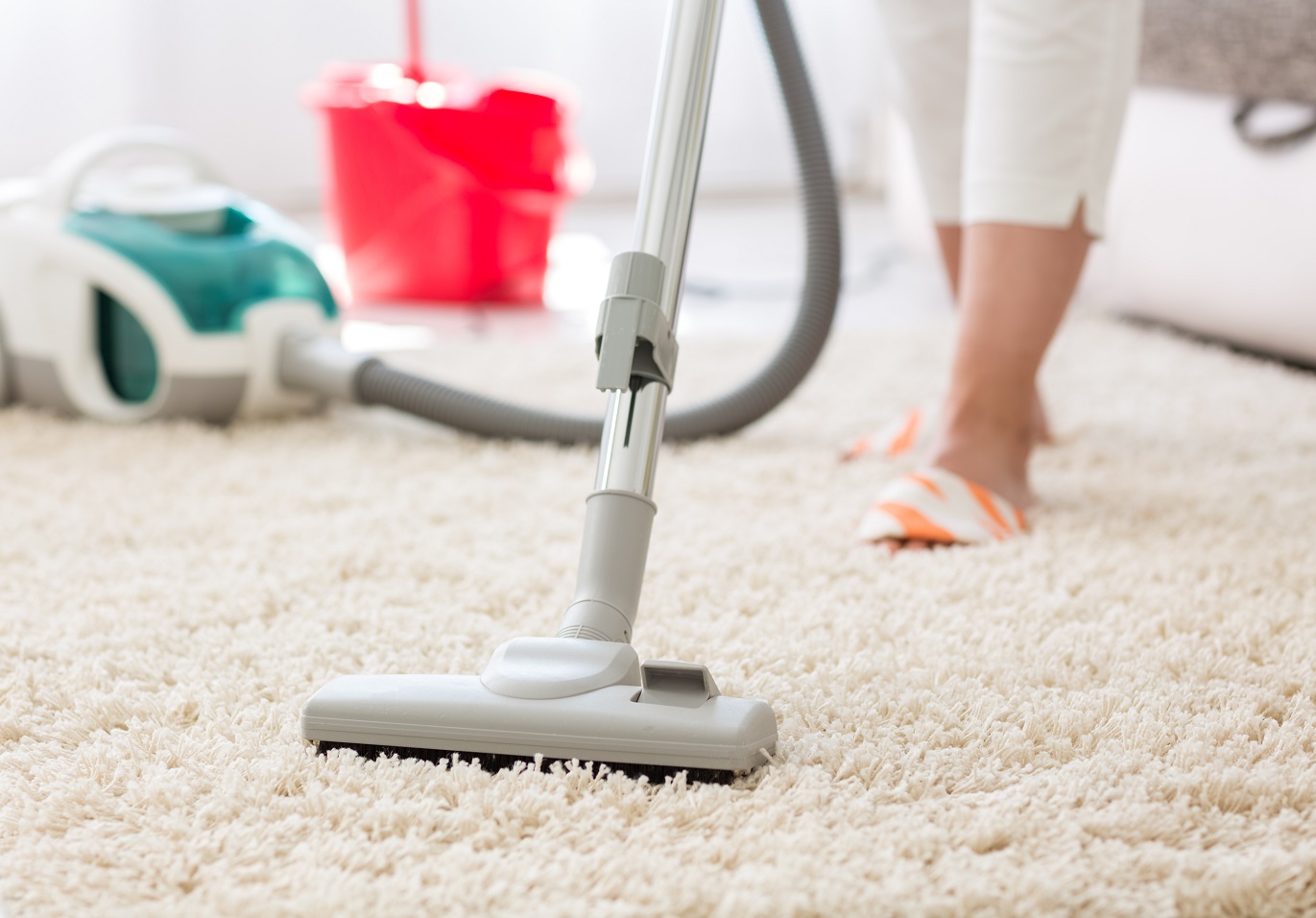Bathroom tiles add elegance, durability, and functionality to any space. However, maintaining their pristine appearance requires consistent care and attention. Over time, tiles can accumulate grime, mold, and soap scum, which can make them lose their original luster. With the right approach, you can keep your tiles looking as good as new while ensuring they remain durable for years to come.
Understanding the Different Types of Bathroom Tiles
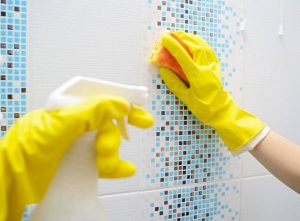 Bathroom tiles come in a variety of materials, each with unique properties. Ceramic and porcelain tiles are among the most common due to their water resistance and durability. Natural stone tiles, such as marble and travertine, offer a luxurious look but require more maintenance to prevent staining and damage. Glass tiles provide a sleek, modern aesthetic, while vinyl and laminate options offer cost-effective alternatives. Understanding the type of tile in your bathroom is crucial because different materials require specific cleaning and maintenance techniques.
Bathroom tiles come in a variety of materials, each with unique properties. Ceramic and porcelain tiles are among the most common due to their water resistance and durability. Natural stone tiles, such as marble and travertine, offer a luxurious look but require more maintenance to prevent staining and damage. Glass tiles provide a sleek, modern aesthetic, while vinyl and laminate options offer cost-effective alternatives. Understanding the type of tile in your bathroom is crucial because different materials require specific cleaning and maintenance techniques.
The Importance of Regular Cleaning
Regular cleaning is key to preventing buildup and extending the lifespan of your tiles. Bathrooms are exposed to high humidity, which can lead to mold and mildew growth if not properly maintained. Consistently wiping down surfaces and using appropriate cleaning solutions can prevent stains and grime from settling into the tile and grout.
A mild soap or a specially formulated tile cleaner can work effectively without damaging the surface. Harsh chemicals, such as bleach or ammonia, should be used sparingly as they can wear down certain tile finishes over time. For natural stone tiles, pH-neutral cleaners are recommended to avoid discoloration and etching.
Dealing with Grout Maintenance
Grout plays a crucial role in maintaining the integrity and appearance of bathroom tile. It fills the gaps between tiles and prevents water from seeping into the walls or floor. However, grout is porous and prone to collecting dirt, mold, and mildew.
To keep grout clean, it is essential to scrub it regularly with a grout brush and a suitable cleaner. A mixture of baking soda and water can help remove stains without being too abrasive. For deeper cleaning, a diluted vinegar solution can break down grime, but it should be avoided on natural stone tiles. Sealing grout periodically adds an extra layer of protection, reducing the risk of staining and moisture damage.
Preventing Water Damage and Mold Growth
Bathrooms are naturally damp environments, making them susceptible to mold and mildew. Proper ventilation is crucial in preventing excessive moisture buildup. Running an exhaust fan or opening a window after showers can help reduce humidity levels.
Wiping down tiles with a dry cloth or squeegee after use can also prevent water spots and soap residue from accumulating. Shower curtains or glass enclosures should be cleaned regularly to avoid mold growth in hidden areas. Ensuring that leaks are promptly addressed prevents water from seeping into the walls or floor, which can lead to costly repairs.
Addressing Stubborn Stains and Soap Scum
Over time, stains and soap scum can develop on bathroom tiles, making them appear dull and unclean. Hard water stains, in particular, can be challenging to remove if left unattended. A solution of white vinegar and water can effectively break down these deposits on most tile surfaces. However, it is important to rinse the tiles thoroughly to prevent any residue buildup.
For tougher stains, a paste made from baking soda and water can be applied to the affected area and scrubbed gently. A soft brush or non-abrasive sponge should be used to avoid scratching the tile. In cases where commercial cleaners are necessary, choosing one specifically designed for bathroom tiles ensures effective cleaning without damage.
Protecting Tiles from Wear and Tear
In addition to regular cleaning, taking preventative measures can help maintain the longevity of bathroom tiles. Using bath mats or rugs in high-traffic areas minimizes direct impact and reduces the likelihood of scratches. Avoiding the use of sharp objects or abrasive materials when cleaning helps preserve the tile’s surface.
Reapplying a sealant to natural stone tiles periodically can enhance their durability and resistance to stains. If any tiles become loose or cracked, addressing the issue promptly prevents further damage and maintains the overall appearance of the bathroom.
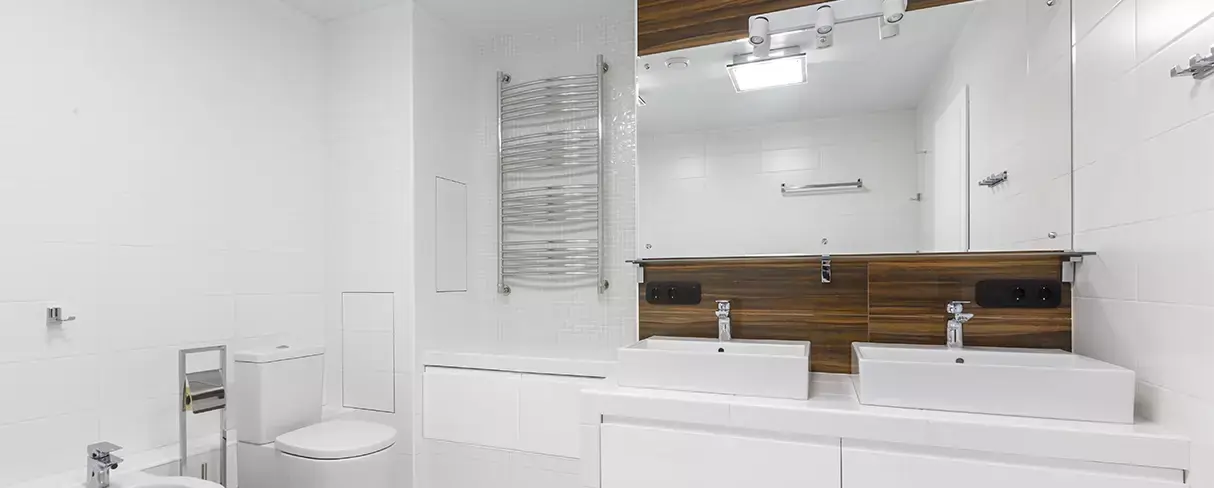
The Role of Proper Maintenance in Enhancing Longevity
Maintaining bathroom tiles not only keeps them looking clean and attractive but also ensures their longevity. Neglecting regular upkeep can lead to the deterioration of both the tile and grout, resulting in costly repairs or replacements. By incorporating simple cleaning routines, using appropriate products, and taking preventive measures, tiles can remain in excellent condition for years.
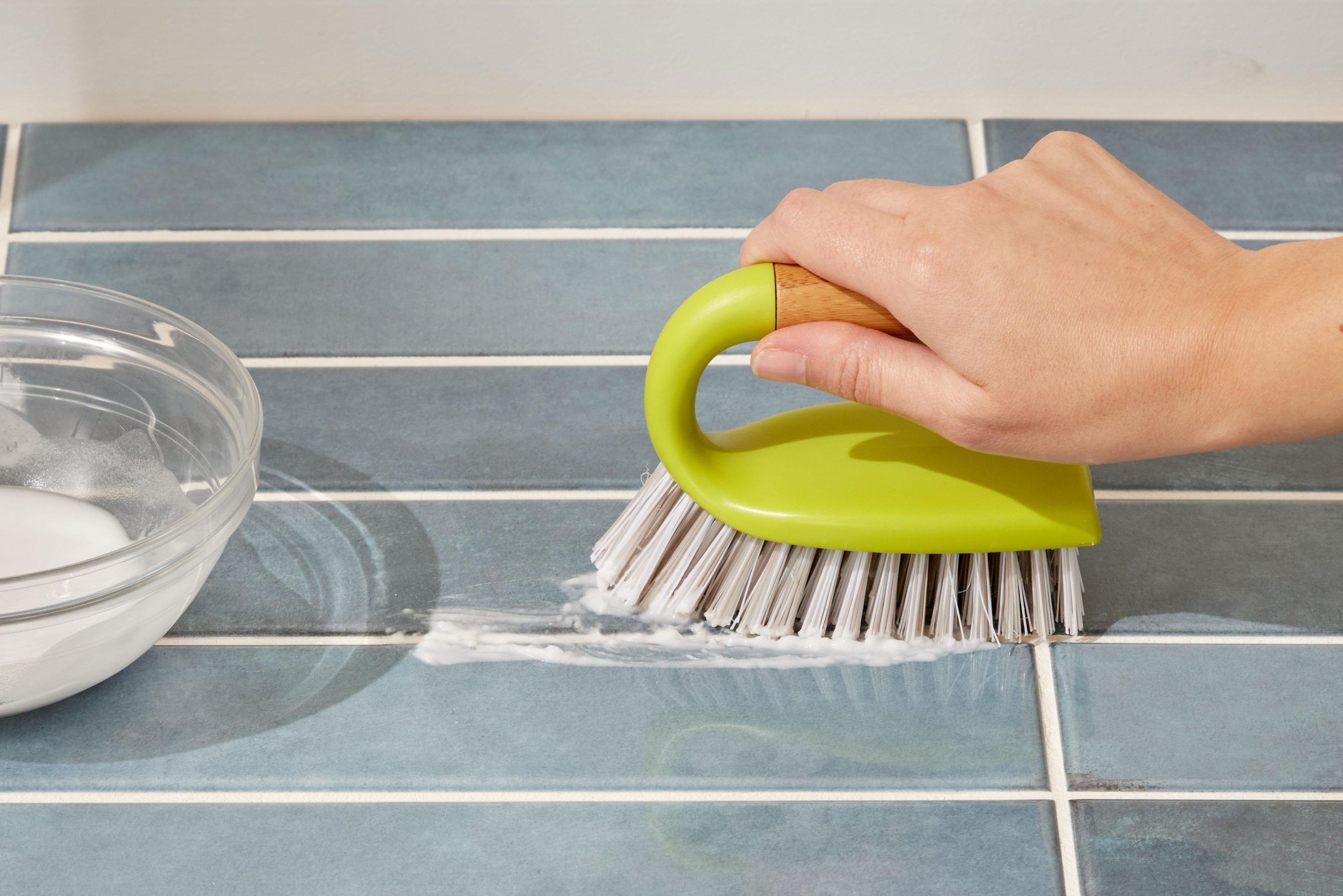
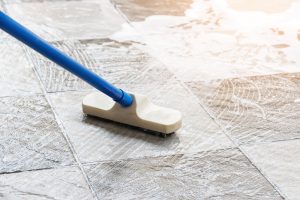 Using the right tools and techniques is just as important as selecting the appropriate cleaning solution. Mops, sponges, and soft-bristle brushes are generally safe for most tile surfaces. Harsh scrubbing pads and steel wool can scratch or dull the finish, especially on delicate materials like natural stone or glass.
Using the right tools and techniques is just as important as selecting the appropriate cleaning solution. Mops, sponges, and soft-bristle brushes are generally safe for most tile surfaces. Harsh scrubbing pads and steel wool can scratch or dull the finish, especially on delicate materials like natural stone or glass.